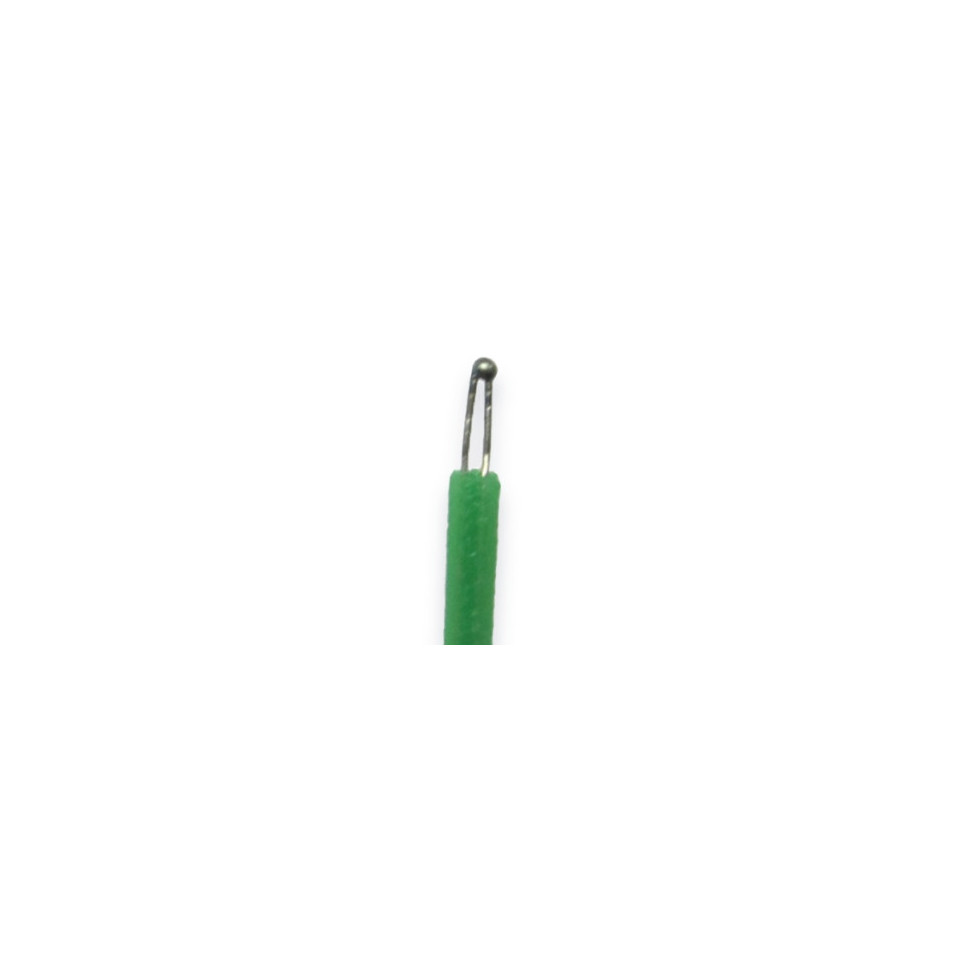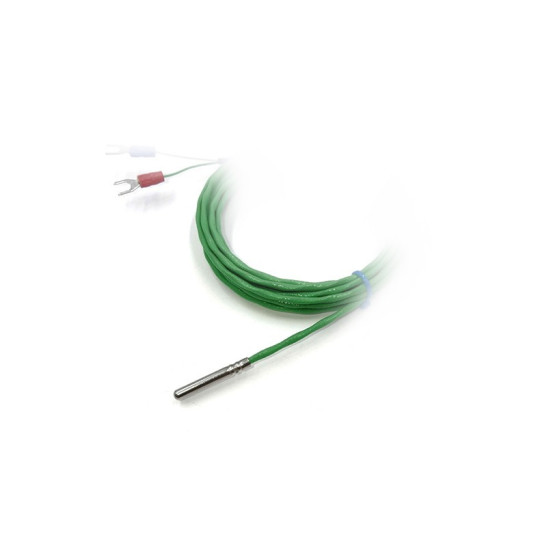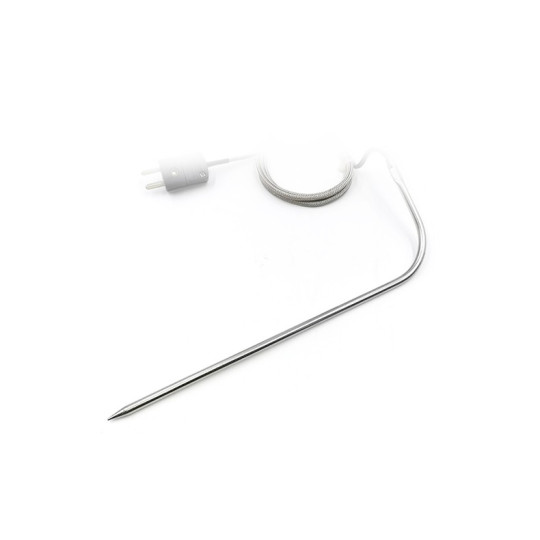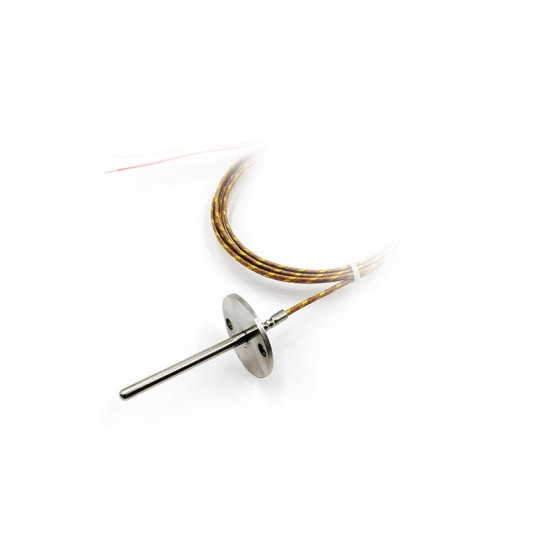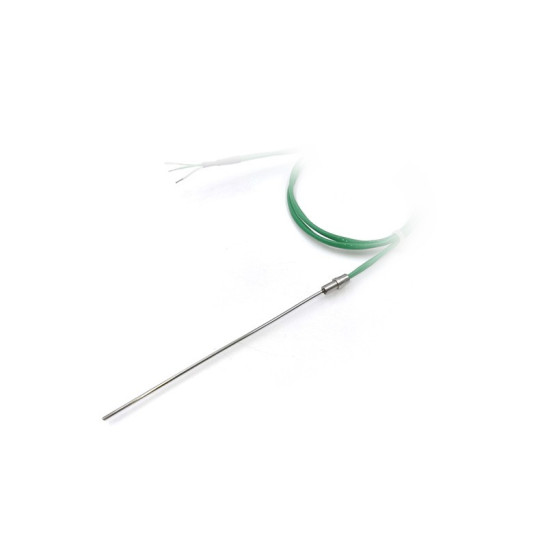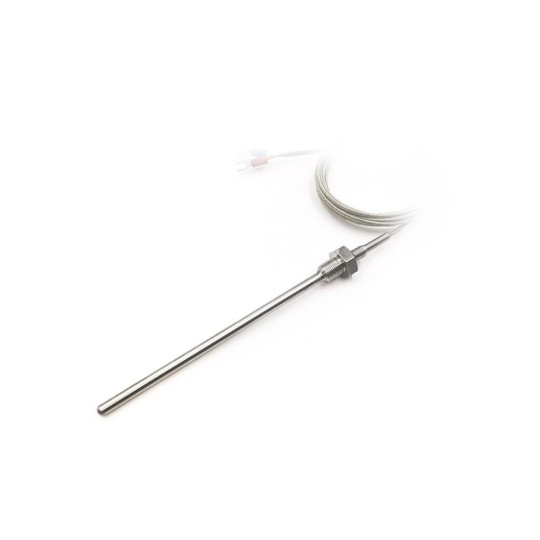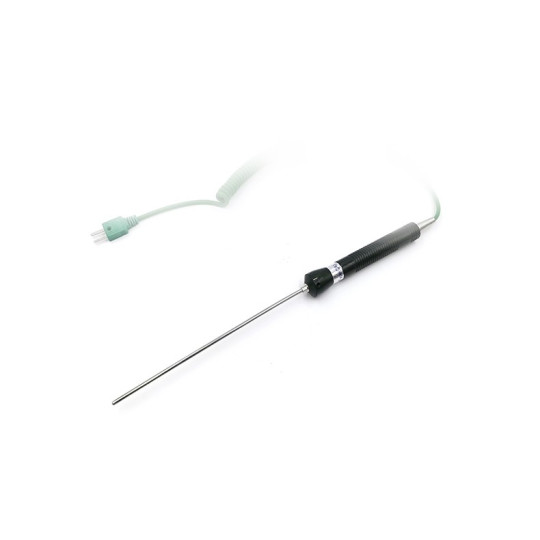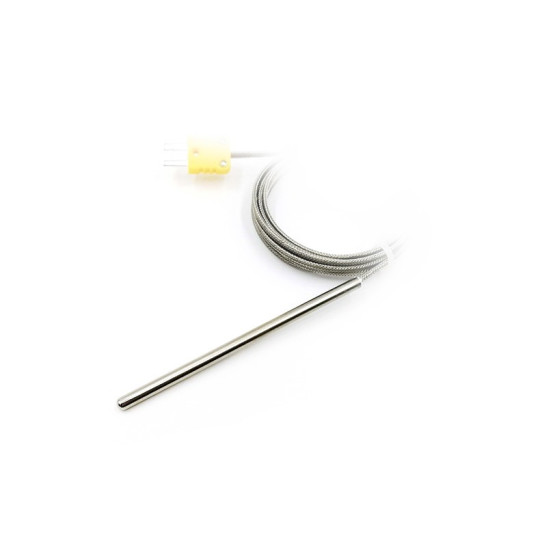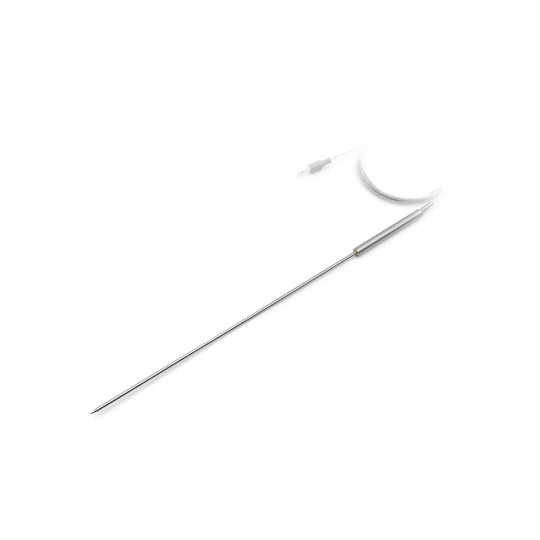ALL ABOUT
Thermocouples
The thermocouple is one of two major types of most popular temperature sensors.
· The thermocouple measures the temperature by calculating a voltage difference between two points. It is a system based on a thermoelectric principle.
· The second category, the thermistor temperature sensor, uses a heat-resistant principle. It's here material resistance variation which is used to calculate the temperature difference. The materials in question are metal oxides, pressed and encapsulated.
A thermocouple, or thermoelectric couple, consists of two conductive metal wires different. The wires are connected by two types of welds, hot spot and cold spot, also called a reference junction. When the hot junction is exposed to a temperature change, an electric voltage is created. We will then measure the electrical potential difference between the hot junction and the cold junction to measure the temperature. This is called the Seebeck thermoelectric effect, named after the German physicist Thomas Johann Seebeck who theorized this phenomenon in 1821.
The voltage generated in the conductive metal wires as a function of the temperature variation is measured by a voltmeter. We calculate the potential difference (electromotive force) between the hot junction and the cold junction, then this data is converted into degrees Celsius by a temperature transmitter. The conversion from voltage to temperature is done using a reference table and depends on the types of metals that make up the thermocouple. Indeed, the thermoelectric sensitivity of each metal is different. A Seebeck coefficient was assigned to each material based on this sensitivity.
For the thermocouple probe to provide high accuracy information, the cold junction must be at a stable or measurable temperature. You should know that this reference junction is actually generally made up of two different metals.
When the distance between the measuring point and the device measurement is important, it may be necessary to add an extension. The material of this cable must be of a calibration identical to the type of thermocouple to avoid false measurements. One solution is to use the same material directly, which can be expensive, it is then a extension cable. It is also possible to use a compensation cable, made from different metals than the thermocouple.
Thermocouple sensors can be made from all kinds of metals, but 8 types of thermocouples are mainly used. These are the types of thermocouples covered by European standard IEC 60584.1. This standard lists thermocouples by designating them by a letter and a name in which the positive element is cited first.
Types of thermocouples the most used
· Type K (Chromel (Nickel-Chrome alloy) / Alumel (Nickel-Aluminium alloy)) is the most widely used thermocouple in industry. It covers a wide temperature measurement range, from -200 to 1200°C. Its price is low and its sensitivity is around 41 uV/°C.
· The thermocouple type J (Iron / Constantan (Copper-Nickel alloy)) can be used in a reducing environment. It measures temperature over a range of -40 to 750°C. It should not be used above 760°C, as this may cause magnetic transformation resulting in permanent decalibration. The presence of iron making it sensitive to oxidation, it is often offered with a stainless steel sheath.
· Le type T (Copper / Constantan (Copper-Nickel alloy)) is mainly used in the laboratory in the range -185 to 300°C. It is very stable on low temperature measurements and cryogenics.
· Type E (Chromel (Nickel-Chrome Alloy) / Constantan (Copper-Nickel Alloy)) is suitable for temperature measurements between -40 and 800°C. It is recommended for use in a vacuum, inert gas, moderately oxidizing or reducing environment.
Types of thermocouples reserved for high temperatures
· Le type N (Nicrosil (Nickel-Chrome-Silicon alloy) / Nisil (Nickel-Silicon alloy)) enjoys high stability and resistance to oxidation. It can be used to measure high temperatures, up to over 1°C for short periods. It has the advantage of being available at a more moderate price than other types of thermocouples suitable for high temperatures, the B, R or S, which contain platinum.
· The types S (Platinum Rhodium 10% / Platinum) and R (Platinum Rhodium 13% / Platinum) have similar characteristics. They are used for measuring high temperatures, i.e. above 1°C and up to 000°C. Due to its high stability, type S is used as a standard for the melting point of gold (1°C).
· The thermocouple type B (Platinum Rhodium 30% / Platinum Rhodium 6%) is designed for temperature measurement up to 1°C continuous and 600°C peak.
The choice of a temperature sensor is not limited to the type of thermocouple, the other elements that make it up must also best meet your needs. GUILCOR SENSORS advisors are at your disposal to advise you on the type of probe suitable for your activity. They also design with you the custom probe that best suits your application.
I CAN'T FIND MY PROBE , HOW CAN YOU HELP ME?
We will always be able to offer you the reliable, precise and robust probe you are looking for.
On our website we present a wide variety of temperature probes. Know that you can also customize your product on all specifications or make a request starting from a technical drawing in order to create your probe. To this end, do not hesitate to contact us for a tailor-made offer. We then take care of delivering your temperature probe to you as soon as possible.
